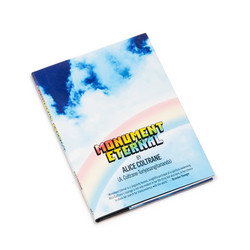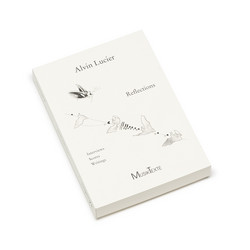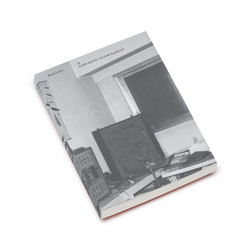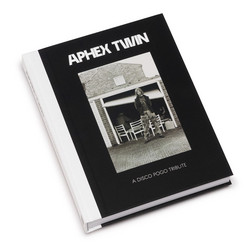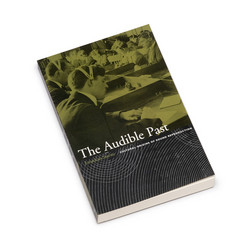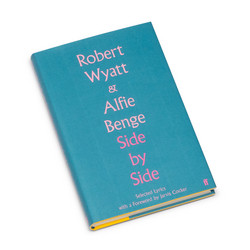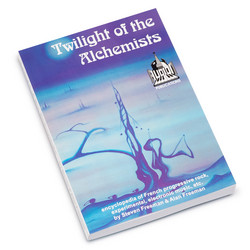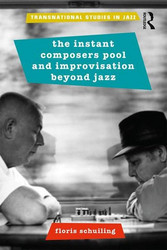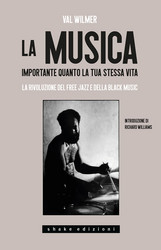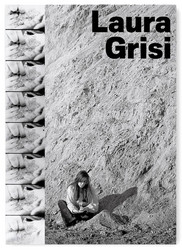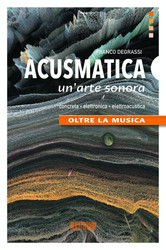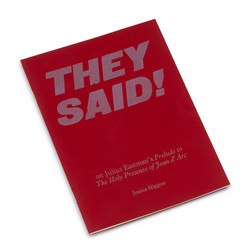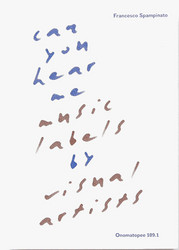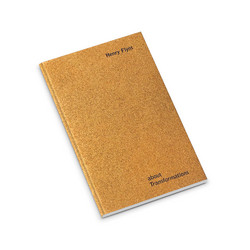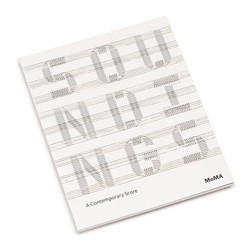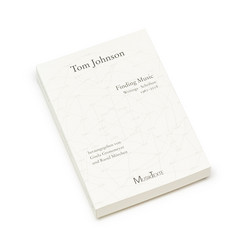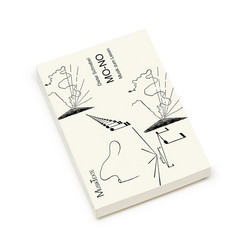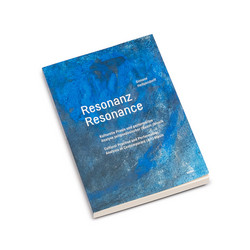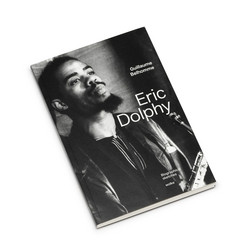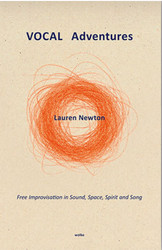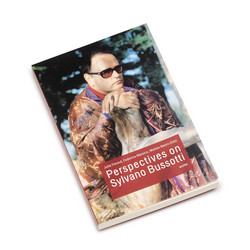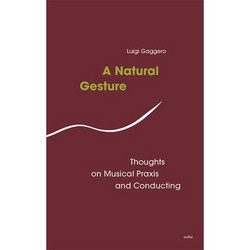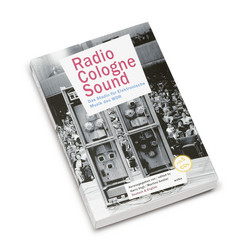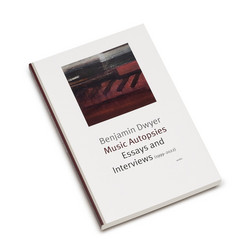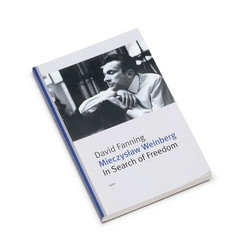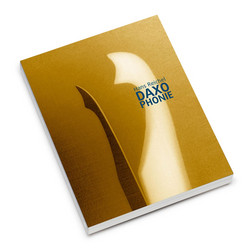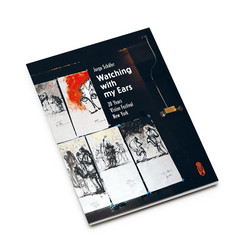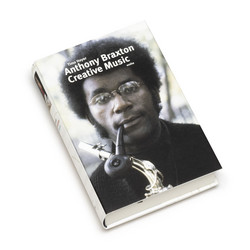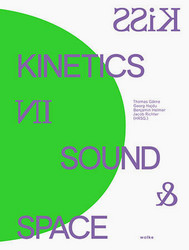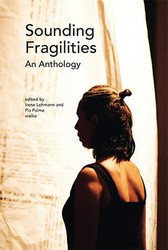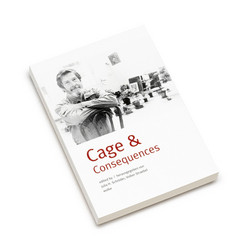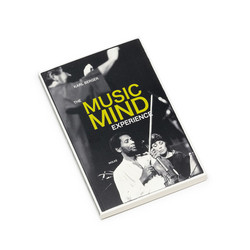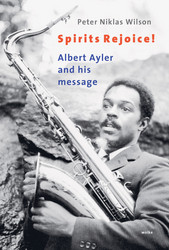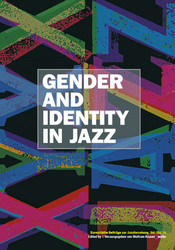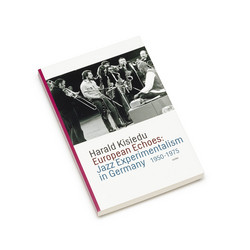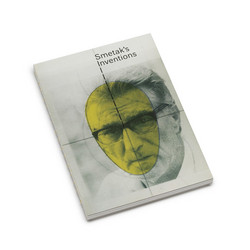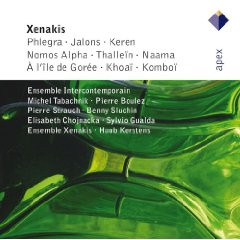The phenomenon of “graphic” scores has been a subject of fascination, controversy, and a flourishing of artistic talent since its inception in the aftermath of the Second World War. The scores of that age, despite their compelling visual presence, nevertheless remain elusive: the means of performance are obscure, and they resist conventional analysis. This study reconsiders graphic scores from the perspective of Information Theory, derived from studies of “ergodic” texts: the ergodic score requires non-trivial effort from the participants in its realization, becoming a cybernetic object that challenges our beliefs about what music is, how it works, and where to find its meaning. The sounds of a musical performance are the field in which a larger metamorphosis takes place: like the labyrinth, the journey to the heart of ergodic scores entails both risk and transcendence. This study illuminates ergodic scores from their theoretical foundations: the abstract theory of how they work, the history of exemplary figures from the postwar avant-garde—including such luminaries of the art as Yoko Ono, Roman Haubenstock-Ramati, Anestis Logothetis, Pauline Oliveros, and John Cage—and concrete analysis of selected repertoire. Using pioneering theoretical insights—and with the benefit of original archival research, interviews with the artists themselves, and decades of experience as a composer and performer of graphic scores—the author establishes one of the great attainments of the twentieth century as a living art.
